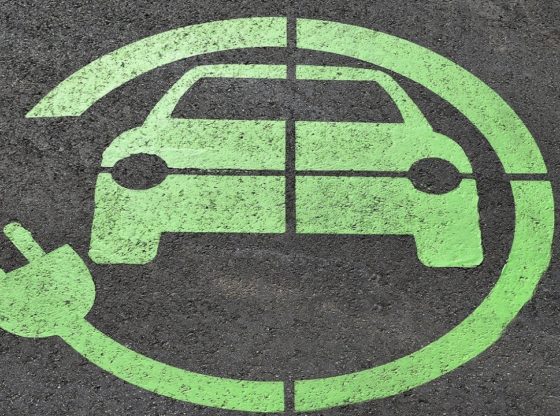Researchers have looked at how 139 countries could not only increase the share of renewable energy in 30 years but convert to 100 percent solar, wind and water. And according to the researchers, this shift would create more jobs, lead to fewer deaths, and mitigate increasing temperatures as a bonus.
If countries with a lot of sunshine would invest in solar power and countries with a lot of wind would invest in wind power – harnessing natural endowments of comparative advantages – everyone would gain. This, according to a new study by an American research team published in the journal Joule and is to be seen as a proposal rather than a thorough analysis.
The researchers have studied which energy resources are available for each country and what technology and what land required for a shift to renewable energy sources to be done. They then looked at the effects compared to a scenario where the countries continue to invest in fossil energy (and uranium for nuclear fission).
The new report is an expansion of a similar project from 2015 that laid out the steps all 50 states in the US would need to take in order to transition to 100% renewable energy, to now include 139 countries.
Of the 139 countries – selected because they were countries for which data were publically available from the International Energy Agency – collectively emit over 99% of all carbon dioxide worldwide. The countries that have a greater share of land per population are projected to have the easiest time making the transition to 100% wind, water, and solar.
The team conclusion is that if every country would successfully shift to renewables, it would mitigate temperature increasements below of 1.5 degrees Celsius, create new jobs and reduce the number of deaths when the emissions of hazardous particles decrease.
If fully implemented by 2050, the roadmaps will enable the world to avoid 1.5°C global warming and millions of annual air-pollution deaths, create 24.3 million net new long-term, full-time jobs, reduce energy costs to society, reduce energy end-use by 42.5%, reduce power disruption, and increase worldwide access to energy.
The team roadmap predicts a number of collateral benefits. For example, the energy associated with mining, transporting and refining these fuels would be eliminated, reducing international power demand by around 13%. Since electricity is more efficient than burning fossil fuels, demand should go down another 23%.
Infrastructure changes would mean that countries wouldn’t need to depend on one another for fossil fuels, reducing the frequency of international conflict over energy. Also, communities currently living in energy deserts would have access to abundant clean, renewable power.
According to the researchers, the transition could mean less worldwide energy consumption due to the efficiency of clean, renewable electricity; and a net increase of over 24 million long-term jobs.
Reference:
Mark Z. Jacobson et al. 100% Clean and Renewable Wind, Water, and Sunlight All-Sector Energy Roadmaps for 139 Countries of the World https://doi.org/10.1016/j.joule.2017.07.005












![OpenAI. (2025). ChatGPT [Large language model]. https://chatgpt.com](https://www.illustratedcuriosity.com/files/media/55136/b1b0b614-5b72-486c-901d-ff244549d67a-350x260.webp)
![OpenAI. (2025). ChatGPT [Large language model]. https://chatgpt.com](https://www.illustratedcuriosity.com/files/media/55124/79bc18fa-f616-4951-856f-cc724ad5d497-350x260.webp)
![OpenAI. (2025). ChatGPT [Large language model]. https://chatgpt.com](https://www.illustratedcuriosity.com/files/media/55099/2638a982-b4de-4913-8a1c-1479df352bf3-350x260.webp)








